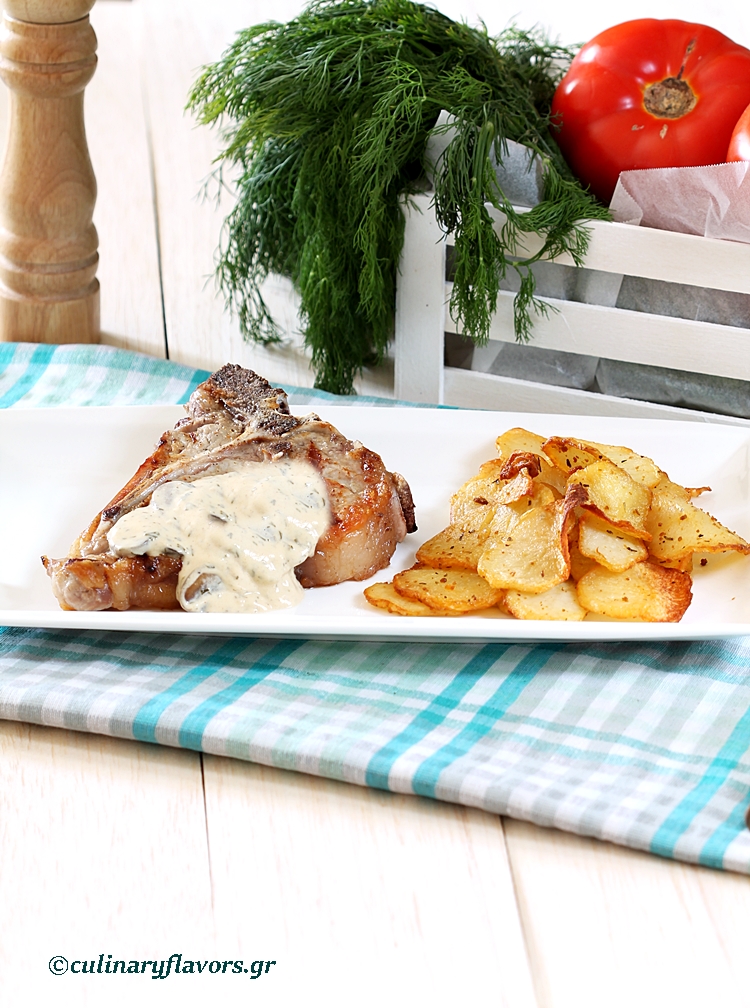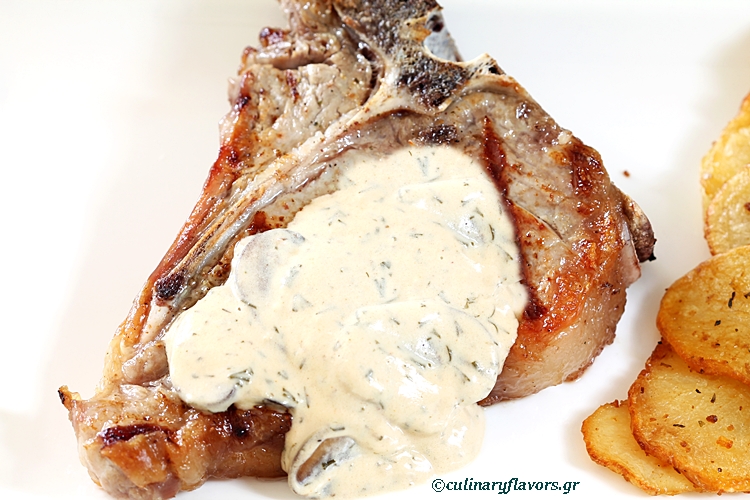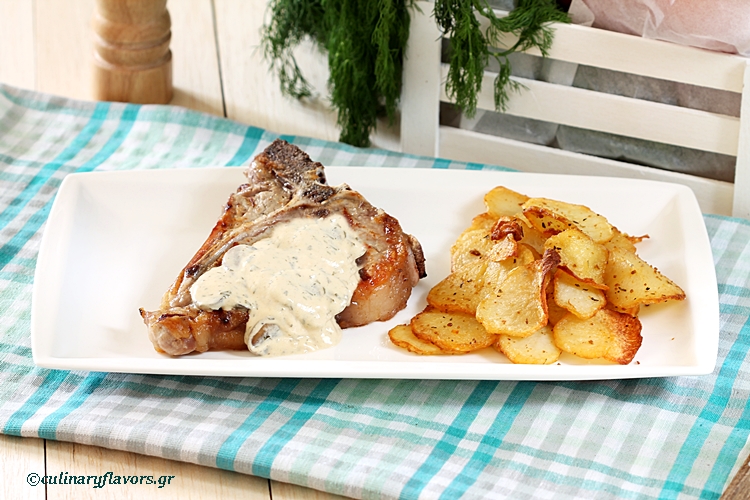Dill is very well known from ancient years. In ancient Greece dill plant was a sign of wealth and burnt dill oil to aromatize their homes. Soldiers placed burnt dill seeds on their wounds to heal.
For ancient Egyptians dill was a medical plant that was used as an ingredient in the production of pain relievers. We first detect dill’s usage in medicine in papyruses aged 5,000 years ago. We have even traced dill’s remnants in pharaohs tombs.
Babylonians cultivated dill since 3,000 B.C. In bible Abraham when he came back from up north he taught his people how to cultivate it, and it still continues to be cultivated in Nazareth plains.
In ancient Rome it was considered to bring luck and strength. Gladiators were eating meat and dill believing it will give them extra strength to fight in the arena. Athletes applied dill essence in their bodies to revitalize them and relax their muscles.
During medieval time dill was used as a decorative plant that gave freshness to houses. People believed that it had magical properties and they used it in spells to repulse the evil eye. If someone thought that he was cursed he made a special beverage with dill leaves or wore a neckless made from them. Charlemagne had small bottles of dill tea and gave it to whoever from his guests had hiccup.
Dill was such a valuable plant that Edward I of England in order to collect money to repair London bridge, he imposed taxes in many herbs and among them was dill. In Belgium brides used to pin a small sprig on their bridal gowns or in their bridal bouquets to have a happy and lucky marriage.
In the Americas, dill arrived with the first colonists, the Puritans. In the American history dill was known as “meetin’ seed” because during the long Sunday preaching in church grown ups and children were chewing dill seeds to be calm.
Throughout the year but especially during summer I have a small electric BBQ that every weekend I fire up to grill chicken, beef or pork. It is very easy for me and we all enjoy it very much. I always try to find different sauces to accompany the meat and, in my search, I stumbled upon this one which I decided to give it a try. With some alterations, it was perfect! Creamy, a bit tangy and with the aromas of dill. I accompany the steaks with French fries but not the usual ones. Do try both the fries and the sauce, they are utterly delicious.
- 6 Steaks
- 1 kilo / 2 lb. peeled potatoes cut either as French fries or in slices
- 200 gr. / 7 oz. brown mushrooms cut in slices
- 2 garlic cloves, minced
- ⅔ cup dry white wine
- 2 tbsp lemon juice
- 2 tbsp chopped fresh dill
- ½ tsp Dijon mustard
- 200 ml / 7 fl. oz. heavy cream 35% fat
- 3 tbsp butter cut in cubes
- Salt, pepper
- ½ tsp paprika
- 3 tbsp of olive oil
- ½ tsp of dried basil
- ½ tsp of dried oregano or you can use 1 tsp of Italian herbs
- ½ tsp onion powder
- ½ tsp sweet paprika
- In a saucepan pour couple of tbsp of olive oil and in medium/high heat sauté the mushrooms until they are completely done about 6 to 7 minutes.
- Add the garlic and continue to sauté for just one minute or until fragrant.
- Pour the wine, lemon juice and dill and boil for a minute.
- Reduce heat to medium/low and whisk in the mustard and the heavy cream.
- Add salt, pepper and paprika and let boil gently for couple of minutes or until it starts to thicken slightly.
- Remove from heat and add the butter cubes one at a time and stir until they are completely melted.
- Broil, grill or BBQ your steaks and pour some sauce on top of them.
- Mix all the ingredients in the large bowl and add the potatoes.
- With gloves in hands mix so all the potatoes are covered with the herbed oil.
- You can either bake them in your oven or fry them as you do with your normal French fries or as I do put them in a fritter that fries with only one tbsp of oil.
- Sprinkle with salt and serve.
- 6 μπριζόλες
- 1 κιλό καθαρισμένες πατάτες κομμένες είτε ως τηγανιτές πατάτες είτε σε φέτες
- 200 γρ. καφέ μανιτάρια κομμένα σε φέτες
- 2 σκελίδες σκόρδο ψιλοκομμένες
- ⅔ φλ. ξηρό λευκό κρασί
- 2 κ.σ. χυμό λεμονιού
- 2 κ.σ. ψιλοκομμένο φρέσκο άνηθο
- ½ κ.γ. μουστάρδα Ντιζόν
- 200 ml κρέμα γάλακτος με 35% λιπαρά
- 3 κ.σ. βούτυρο κομμένο σε κύβους
- Αλάτι, πιπέρι
- ½ κ.γ. πάπρικα
- 3 κ.σ. ελαιόλαδο
- ½ κ.γ. ξερό Βασιλικό
- ½ κ.γ. ξερή ρίγανη
- ½ κ.γ. κρεμμύδι σκόνη
- ½ κ.γ. πάπρικα γλυκιά
- Σε μια κατσαρόλα ρίχνουμε μερικές κουταλιές της σούπας ελαιόλαδο και σε μέτρια/υψηλή θερμοκρασία σοτάρουμε τα μανιτάρια μέχρι να γίνουν εντελώς περίπου 6 έως 7 λεπτά.
- Προσθέτουμε το σκόρδο και συνεχίζουμε το σοτάρισμα για μόνο ένα λεπτό ή μέχρι να αρχίζει να μυρίζει.
- Ρίχνουμε το κρασί, το χυμό λεμονιού και τον άνηθο και βράζουμε για ένα λεπτό.
- Μειώνουμε τη θερμοκρασία σε μέτρια/χαμηλή και ρίχνουμε τη μουστάρδα και την κρέμα γάλακτος.
- Προσθέτουμε το αλάτι, το πιπέρι και την πάπρικα και αφήνουμε να βράσει σιγά για μερικά λεπτά ή μέχρι να αρχίσει να πυκνώνει ελαφρά.
- Αφαιρούμε από τη φωτιά και προσθέτουμε τους κύβους βουτύρου έναν κάθε φορά και ανακατεύουμε μέχρι να λιώσουν τελείως.
- Ψήστε τις μπριζόλες σας στη σχάρα ή στο μπάρμπεκιου και ρίξτε τη σάλτσα από πάνω τους.
- Ανακατέψτε όλα τα συστατικά σε ένα μεγάλο μπολ και προσθέστε τις πατάτες.
- Με τα χέρια ανακατέψτε έτσι ώστε όλες οι πατάτες να καλυφθούν με το μίγμα.
- Μπορείτε είτε να τις ψήσετε στο φούρνο σας ή να τις τηγανίσετε όπως κάνετε με τις κανονικές τηγανιτές πατάτες σας ή να τις βάλετε στη φριτέζα.
- Ρίξτε αλατάκι και σερβίρετε.




